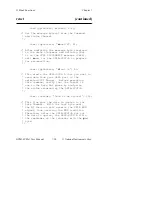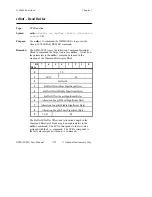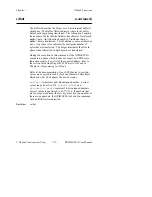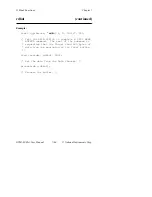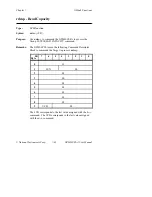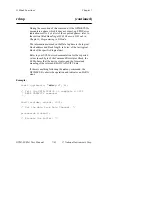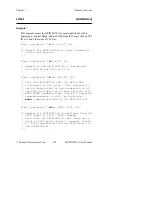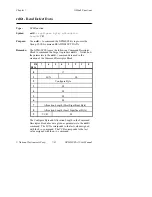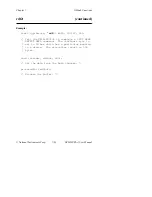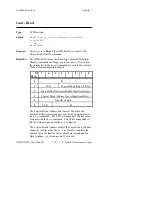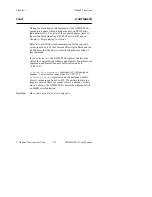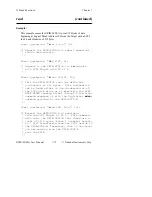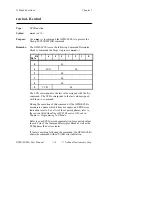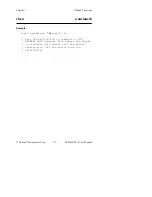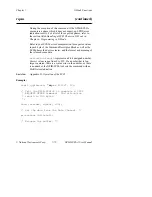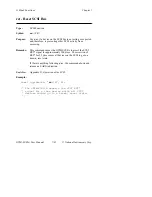
G Mode Functions
Chapter 7
GPIB-SCSI-A User Manual
7-68
© National Instruments Corp.
rdfct
(continued)
The Configure Byte notifies the Target as to the format of the
defect data that the Initiator expects. The Allocation Length is
the number of bytes that the Initiator has allocated for returned
rdfct
data. An Allocation Length of 0 indicates that no
rdfct
data shall be transferred. This condition is not
considered an error. Any other value indicates the maximum
number of bytes that shall be transferred. The Target
terminates the Data In phase when Allocation Length bytes
have been transferred or when all available
rdfct
data have
been transferred to the Initiator, whichever is less.
During the execution of this command, if the GPIB-SCSI-A
encounters a phase which it does not expect, an EPHS error
indication results. For a list of the expected phases, refer to
Chapter 6, Handling of SCSI Phases in G Mode, Commands
That Require a Data In Phase.
Refer to your SCSI device documentation for the expected
values in each byte of the Command Descriptor Block, the
SCSI phases that the device creates, and the format and
meaning of the returned defect data.
configure
byte
represents an 8-bit unsigned number.
Correct values range from 0 to 255. Allocation Length
represents a 16-bit unsigned number. Correct values range
from 0 to 65,535. If numbers that are too large are entered,
there is a syntax error in a number, or there are no numbers,
the GPIB-SCSI-A aborts the command with an EARG error
indication.
See Also:
format.



